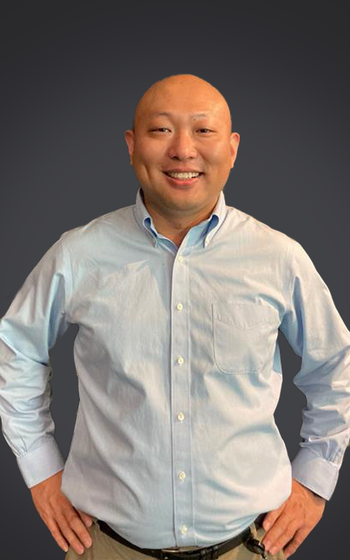
Excited State Intramolecular Proton Transfer of MNC for Florescent Probes
Researchers from the Institute of Atomic and Molecular Physics in China looked at MNC dissolved in water and 1,4-dioxane.
In a recent study published in Spectrochimica Acta Part A: Molecular and Biomolecular Spectroscopy, a group of researchers from the Institute of Atomic and Molecular Physics in China studied excited state intramolecular proton transfer (ESIPT) for the design of hydrophobic florescent probes (1).
ESIPT is a process where a molecule, when excited by light energy, undergoes a proton transfer within itself. In its ground state, the molecule has a stable proton position (donor site). When excited, the proton moves to another location within the molecule (acceptor site), leading to dual emission with different wavelengths upon return to the ground state. ESIPT has broad applications in chemistry and biology, and it is used for designing novel fluorescence-based probes.
Florescent probes are widely used in life sciences research due to their large Stokes shift, along with their high analytical sensitivity and selectivity, the researchers wrote. In this study, the scientists examined 3-hydroxy-2-(6-Methoxynaphthalen-2-yl)-4H-chromen-4-one (MNC) in water and 1,4-dioxane.
The scientists dissolved the MNC in water and 1,4 dioxane before examining the properties of the mixture in a PerkinElmer Lambda 950 and RF5301 fluorescence spectrophotometer.
The scientists found that in an excited S1 state, there is a strengthening of hydrogen bonds, indicating a trend towards excited proton transfer. Raman spectra and potential energy surface data confirm that MNC undergoes a process known as ESIPT in both solutions, with some modifications in the water solution.
The fluorescence quenching observed is not due to the closure of the ESIPT channel but rather the stacking of π-π bonds.
“The results demonstrate that MNC can undergo ESIPT process in water. The proton transfer mechanism of MNC in water is modified,” the researchers wrote. “Moreover, the fluorescence extinction of MNC in water is associated with molecular stacking in the aggregated state. It facilitates that the design of innovative hydrophobic fluorescent probes and organic fluorescent molecules.”
Reference
Wan, Y.; Li, Q.; Zhu, L.; Wan, Y.; Yan, L.; Guo, M.; Yin, H.; Shi, Y. Reconsideration of the ESIPT OFF Mechanism for Fluorescent Probe MNC in Aqueous Solution. Spectrochimica Acta Part A: Molecular and Biomolecular Spectroscopy 2023, 301, 122945. DOI:10.1016/j.saa.2023.122945.
Newsletter
Get essential updates on the latest spectroscopy technologies, regulatory standards, and best practices—subscribe today to Spectroscopy.


